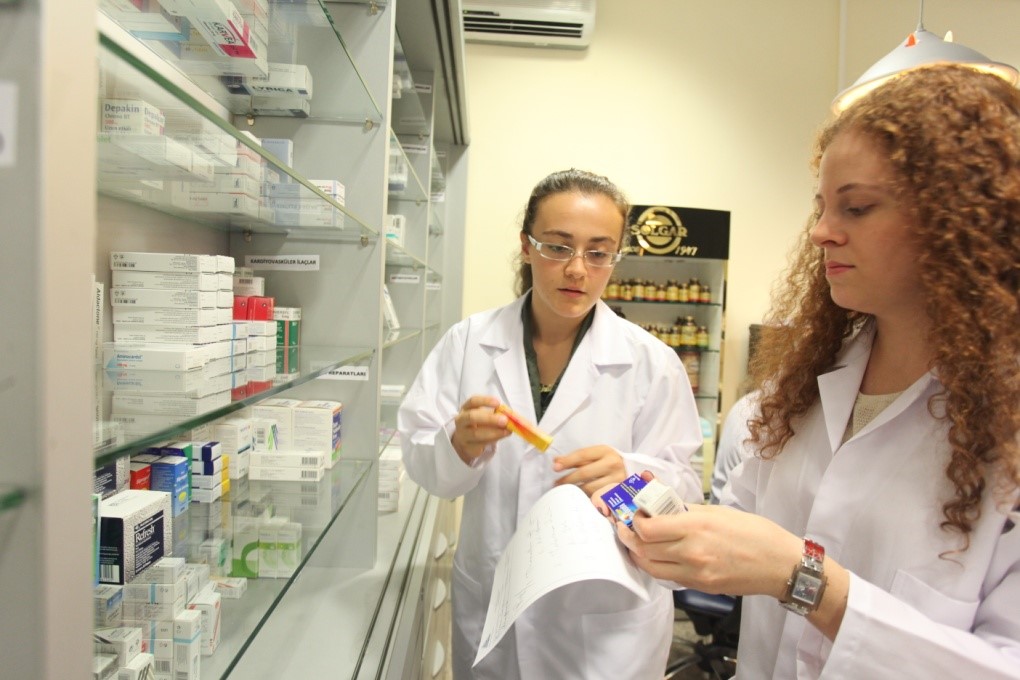
What is Physical Therapy?
The American Physical Treatment Association specifies physical therapy as "... a health profession whose primary function is the promo of ideal human health and function through the application of scientific principles to avoid, recognize, evaluate, fix, or reduce acute or extended motion dysfunction".
Physical Therapy is a profession whose primary function is the remediation, maintenance, and promotion of optimum health, function, and lifestyle for people of all ages. The science of physical therapy includes the application of restorative techniques, techniques, and interventions that assist fix up a person to their maximum physical capacity. The art of physical treatment is assisting people help themselves.
In laws and regulations specifying practice, physical treatment is frequently defined as the care and services supplied by a physical therapist or a physiotherapist assistant under the instructions and supervision of a physical therapist, and consist of:
Easing disability and functional constraint by developing, executing, and modifying healing interventions;
Avoiding injury, impairment, practical constraint and impairment; and Engaging in assessment, education, and research study.
More info about the profession of physical treatment may be obtained by checking out the American Physical Treatment Association's web site at www.apta.org
Who are Physiotherapist Assistants?
Physiotherapist Assistants, or PTA's, are competent health care suppliers who deal with and under the direction and guidance of a physiotherapist to provide physical treatment services. In order for a private to practice as a PTA, they must finish from a certified PTA program and successfully pass a licensing/certification exam.
PTA's play an important role in supplying physical treatment services for people with numerous disabilities. When a client seeks or is referred for physical therapy services, the physiotherapist performs an initial examination and describes a strategy of care. The PTA can then perform all or part of the treatment plan as advised by the physiotherapist.
The American Physical Therapy Association acknowledges the PTA as the only individual who assists the physiotherapist in the delivery of picked physical treatment interventions.
What does a Physical Therapist Assistant do?
The physiotherapist assistant (PTA) performs physical treatment interventions and associated tasks under the instructions and supervision of a physiotherapist. Such responsibilities may consist of training patients in therapeutic workout and activities of day-to-day living, using physical agents such as cold, heat, electricity, or water for discomfort relief and healing, instructing individuals in the usage of assistive gadgets for walking, taking part in injury care, promoting wellness and injury prevention, offering patient and household education, training clients in wheelchair activities, helping the physical therapist in performing patient assessments and intricate interventions, and far more.
The PTA likewise keeps track of the patient's action to treatment, performs numerous tests and measures, documents pertinent aspects of patient care, and keeps continuous communication with the monitoring physical therapist, along with other health care specialists.
What is the difference between a PT and a PTA?
The physical therapist (PT) and the physical therapist assistant (PTA) vary in academic preparation and levels of responsibilities as it associates with the provision of physical treatment services.
Today, the overwhelming majority of PT schools inform physical therapists at the Doctorate level, although numerous practicing therapists were informed when programs required only a Master's or Bachelor's degree. The PTA is informed at the Associate's degree level, which usually corresponds to two years of college.
The PTA has a working understanding of the theory behind treatment interventions, understands pathological conditions being Click here treated, and understands how to use methods and strategies used to deal with those conditions.
The PT has comprehensive education in evaluative abilities, research, and administration, along with sophisticated coursework in human anatomy, neuroanatomy, orthopedics, pathology, and restorative methods. Both the PT and the PTA should graduate from recognized programs and pass a licensing evaluation in order to practice in their particular roles.
Consumers/patients might seek the services of the physiotherapist directly, or, the client may be described a physical therapist by a doctor. The PT performs the preliminary examination and assessment of the patient. The evaluation will lead to a physical treatment medical diagnosis, and as suitable, the PT will develop goals or outcomes to be achieved by a physical treatment plan of care and treatment strategy.
The PTA can not perform the preliminary examination or evaluation; nevertheless, the PTA might assist the PT in gathering information. Following the assessment of the client, the PTA may perform selected interventions and information collection as directed by the supervising PT. The PTA should constantly work under the direction and guidance of a physiotherapist. The collective relationship between the PT/PTA is highly reliable and valued, and the team significantly adds to the success of the overall rehab process.